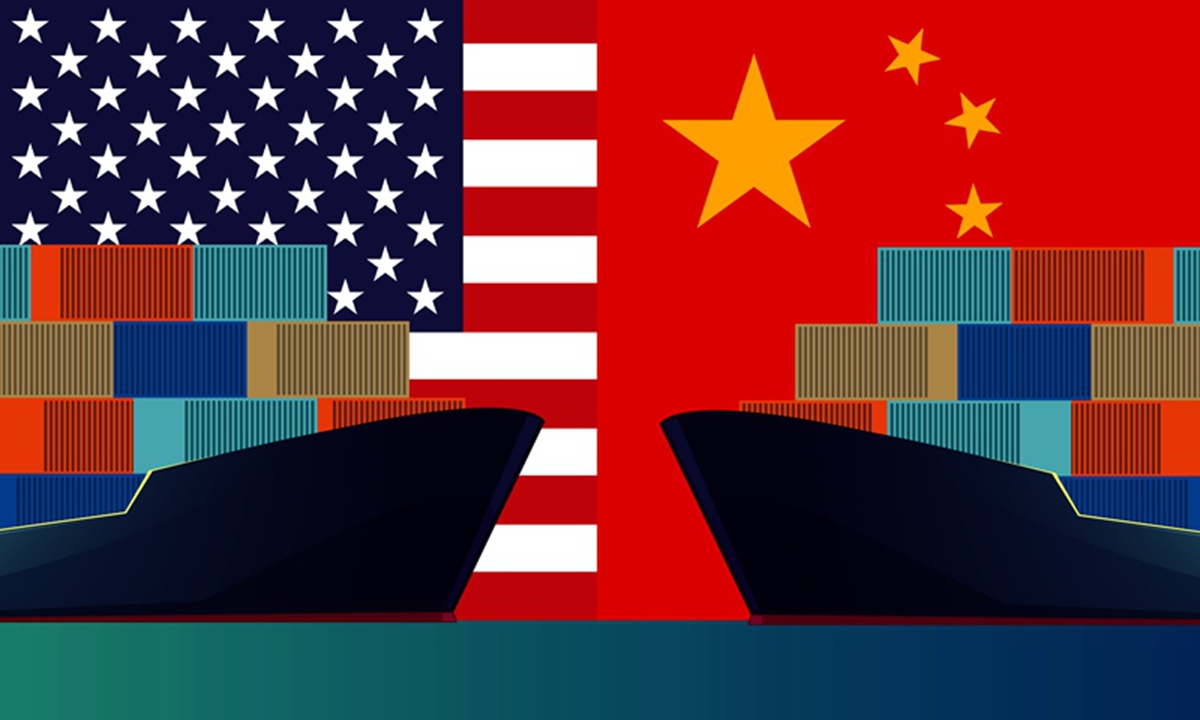Discover the latest updates on the US-China trade war. Understand the economic impacts, key events, and what the future holds for the global market.
Introduction: A Tense Economic Battle
The US-China trade war, one of the most critical global economic conflicts of the 21st century, continues to reshape international trade dynamics. Since its official escalation in 2018, tensions between the world’s two largest economies have fluctuated, affecting industries, supply chains, and consumers worldwide. Recent developments suggest that the battle is far from over.
A Brief History of the US-China Trade War
The trade war began under the Trump administration, with the United States accusing China of unfair trade practices, including intellectual property theft and forced technology transfers. In response, the US imposed tariffs on billions of dollars’ worth of Chinese goods. China retaliated with its own tariffs, sparking a tit-for-tat cycle that disrupted global markets.
Key moments in the trade war include:
-
2018: US imposes tariffs on $34 billion of Chinese goods.
-
2019: China retaliates, leading to tariffs on $110 billion worth of US products.
-
2020: Phase One trade deal signed, offering a temporary truce.
However, underlying tensions remained, and recent actions indicate that the rivalry is intensifying again.
Recent Developments in 2025
As of 2025, several major events have reignited concerns about the US-China trade relationship:
New Tariff Announcements
In early 2025, the US government announced a new round of tariffs targeting Chinese technology products, including semiconductors and electric vehicles (EVs). The move is aimed at protecting emerging American industries from Chinese dominance.
China responded swiftly by imposing counter-tariffs on US agricultural products and rare earth minerals — critical components for tech manufacturing.
Focus on Strategic Industries
Both nations are now heavily focusing on strategic sectors. The US aims to secure its supply chains in areas like AI, biotechnology, and renewable energy. Meanwhile, China is accelerating efforts through initiatives like "Made in China 2025" to become self-sufficient in key technologies.
Diplomatic Talks Yield Few Results
Several rounds of diplomatic negotiations have occurred this year but yielded little progress. Issues such as human rights, cybersecurity, and Taiwan have complicated trade discussions, with both sides remaining firm on their positions.
Economic Impact of the Renewed Trade War
The renewed trade tensions are not just a bilateral issue; they have profound implications for the global economy.
Impact on Global Supply Chains
Supply chains, already stressed by the COVID-19 pandemic and subsequent recovery efforts, face new disruptions. Manufacturers are seeking to diversify their production bases, moving operations to countries like Vietnam, India, and Mexico to mitigate risks.
Consumer Prices on the Rise
Tariffs inevitably lead to higher costs for consumers. In the US, prices for electronics, household goods, and automobiles have surged. Similarly, Chinese consumers are paying more for imported goods, affecting middle-class spending habits.
Stock Market Volatility
Financial markets have reacted sharply to each development. The S&P 500 and major Asian stock indices have experienced heightened volatility, with investors wary of prolonged economic uncertainty.
The Future of US-China Trade Relations
Experts believe that the US-China trade war will persist for the foreseeable future, although the form it takes may evolve.
Decoupling of Economies
There is a growing trend toward economic decoupling, where both countries reduce their interdependence. This could lead to the formation of separate technological ecosystems, impacting global companies that must choose sides or adapt to dual standards.
Potential for a New Trade Agreement
Despite the challenges, some analysts are optimistic that pragmatic considerations, such as mutual economic benefits, could push both nations toward a new trade agreement. However, such negotiations would likely be complex and protracted.
Rise of New Economic Alliances
The trade war is also fostering the rise of new alliances. The US is strengthening ties with allies in Europe and Asia through agreements like the Indo-Pacific Economic Framework (IPEF), while China is deepening cooperation with countries involved in the Belt and Road Initiative (BRI).
Conclusion: Navigating Uncertain Waters
The US-China trade war remains a defining feature of the global economic landscape. As both nations pursue their strategic interests, businesses, investors, and consumers worldwide must brace for continued uncertainty. Adaptability, diversification, and close monitoring of geopolitical trends will be essential in navigating these turbulent times.


Enviar um comentário